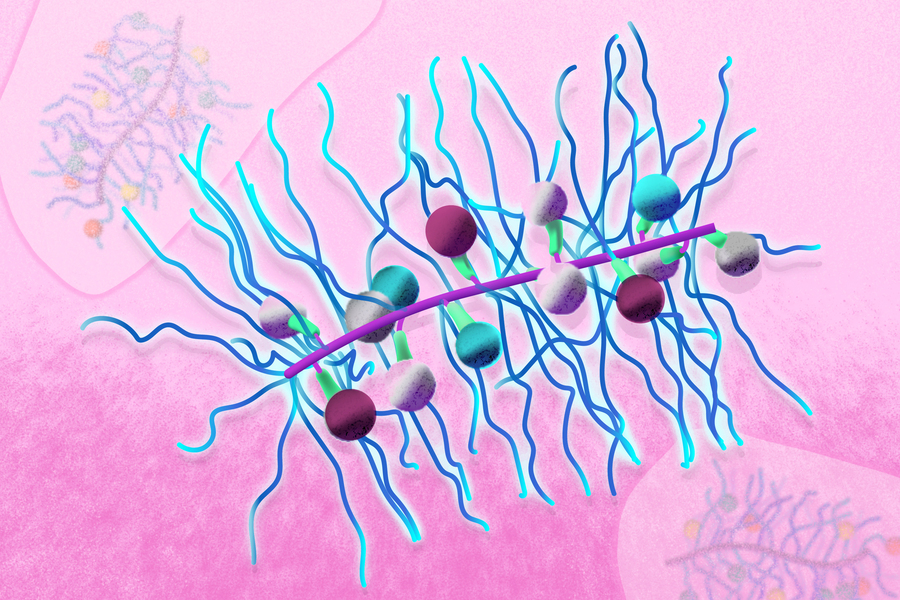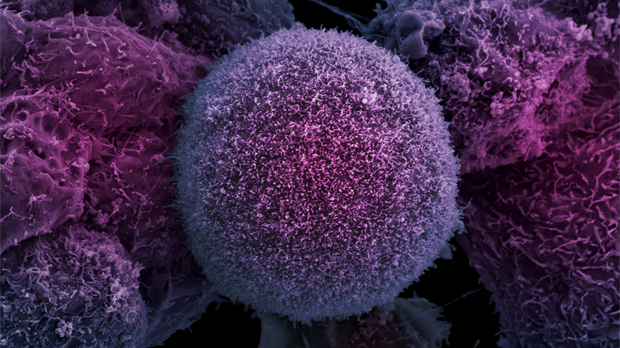Combination therapy is becoming increasingly popular for treating cancer as it can be more effective than using a single drug. However, figuring out the optimal combination of drugs, and making sure that all of the drugs reach the right place, can be challenging. MIT chemists have developed a bottlebrush-shaped nanoparticle that could help target and treat multiple myeloma by delivering the optimal ratio of three cancer drugs. Let’s take a look at how this revolutionary new drug works.
The bottlebrush-shaped nanoparticle has two components: an inner core composed of polyethylene glycol molecules, and an outer shell made up of polymers known as poly(beta-amino esters). The polyethylene glycol molecules act as spacers to separate the drugs within the particle, while the poly(beta-amino esters) play an important role in controlling drug release rates. By controlling both these factors, scientists can ensure that they are getting the correct ratio of drugs released over time, maximizing their chances of success.
In order to test this technology, researchers used it to deliver three different chemotherapy drugs: bortezomib (a proteasome inhibitor), carfilzomib (an immunoproteasome inhibitor), and dexamethasone (a steroid). Using computer simulations to calculate how much of each drug should be delivered at once and over time to maximize their effectiveness against multiple myeloma cells without causing excessive cell death, they were able to create nanoparticles with precisely calibrated ratios of each drug.

Credits:Image: Courtesy of the researchers. Edited by MIT News
When tested on mouse models of multiple myeloma tumors, these particles were found to outperform existing treatments. After just one week of treatment with multidrug nanoparticles mice had significantly reduced tumor sizes compared to other treatments that used only one or two drugs. The multidrug particles also showed no signs of toxicity when tested on healthy mice; suggesting that they could potentially be used in humans with minimal side effects.
Overall, this research is exciting because it suggests that multidrug particles could one day be used to treat many different kinds of cancers in humans with increased efficacy and safety compared to current treatments. While there is still much work left to do before this technology is ready for clinical use—including further testing on larger animals such as primates—this research shows great promise for targeting cancer with precision medicines using multidrug nanoparticles. It will definitely be interesting to see where this technology goes from here!











